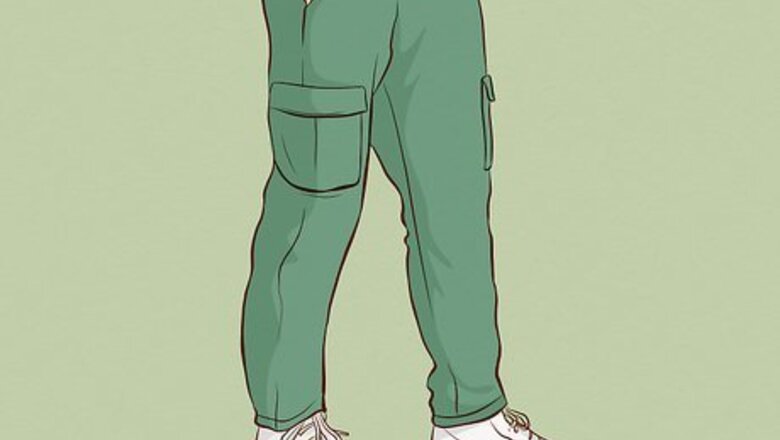
views
X
Expert Source
Archana Ramamoorthy, MSExperienced Solo Traveler
Expert Interview. 26 February 2019.
Good luck to you as you try to fit everything into that suitcase, and enjoy your time abroad!
Cargo clothing

If you're covered in pockets, everyone knows you're a tourist. Cargo pants, cargo shorts, travel vests... if the goal of your outfit is storage space, you're going to stick out. Similarly, safari clothes and hiking clothes are great for the grand outdoors, but not so much for the center of Vienna.
Fanny packs
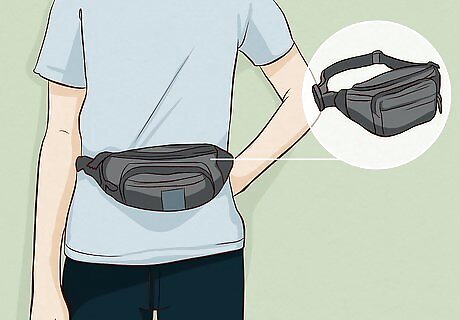
These are instant tourist markers. If you need to secure your documents and cash, hide it under your clothing in a money belt or a subtle neck pouch instead. If you have a lot to carry, an over-the-shoulder bag stands out a bit less than a backpack. Pickpocketing is mostly a risk in the biggest, most tourist-filled cities, so those are where a subtle storage option is most important. If you're in a low-crime area, wearing a backpack might make you blend in a bit less, but it's not disrespectful or risky.
Shorts (indoors)
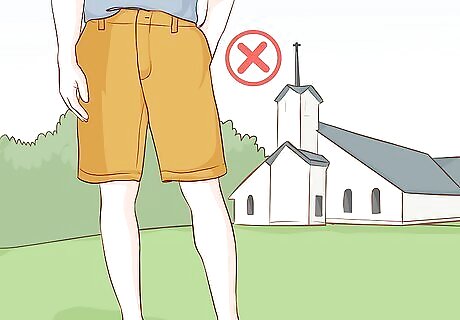
Wear shorts only in informal outdoor settings. The etiquette around shorts varies a lot from place to place, but they are increasingly normal summertime wear for an outdoor stroll, especially in southern Europe. That said, you'll look out of place if you wear them to a museum or as a guest in someone's home, and may not be allowed into a nice restaurant. Many places of worship won't let you in if your clothing doesn't cover your knees, shoulders, and most of your chest. Definitely plan around this if you want to see the many impressive Catholic, Orthodox, and Muslim holy sites (mostly in southern and Eastern Europe).
Workout clothes
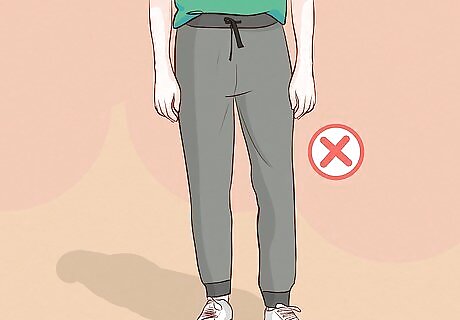
Don't wear gym clothes outside. Europeans almost never wear sweatpants or yoga pants out on the street, and even white athletic socks aren't too common. A sweatshirt or hoodie isn't a complete "no," depending on the city and your age, but aim for "smart casual" instead if you want to look closer to the average pedestrian.
Athletic clothing

Sports jerseys and athletic shorts are only worn in some regions. In northern Europe especially, people don't often wear clothes you could play sports in while they're off the field. In some southern countries like Spain, athletic clothing is a lot more common, but it does tend to be on the nice side—not the same scuffed items you actually wear to games. Tracksuits have a unique history in Eastern Europe and the UK. You might see them on the street, but wearing one yourself sends out some fairly complicated class and subculture signals!
Baggy clothing
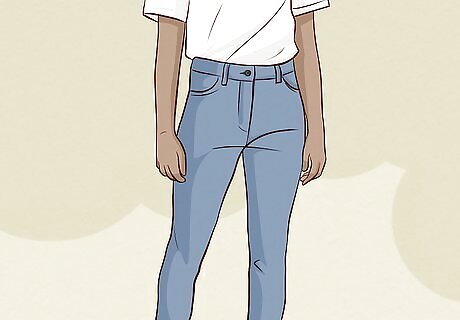
Aim for well-fitting clothing if you want to blend in. Plenty of Europeans wear a T-shirt and jeans, but compared to the USA, these clothes tend to be a much snugger fit (for all genders). If you want a simple outfit that still fits Europe's "smart casual" style, think slim or skinny jeans (often dark-colored or grey and undistressed), and a T-shirt that fits your frame.
Flip-flops
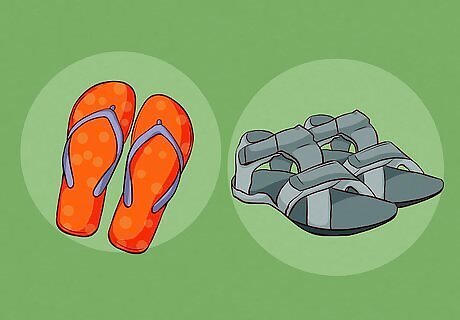
Flip-flops and cheap sandals are only for the beach in most of Europe. Beyond this, though, Europe has become more relaxed about casual footwear. Feel free to pack a comfortable pair of tennis shoes, as long as they aren't too shabby. There is a stereotype that sneakers (especially white ones) are "American" and "touristy," but that's getting more outdated every year. Don't go too far in the other direction and only pack high heels! Getting around European cities can mean a lot of walking over cobblestones, so comfortable, broken-in shoes are important.
Extra-loud colors and patterns

Neutral styles are popular, but there is variation. Europe is more muted in its clothing choices than, say, Latin America, but what exactly that means can vary a ton by country and season. In general, if you're used to wearing outfits with bright colors and bold patterns, consider paring it down a bit—unless you want to have fun startling the Swedes! In general, northern countries and colder seasons lead to duller outfits. A Scandinavian crowd in winter can look nearly monochrome. Southern regions and summer weather means brighter clothes. A Spanish summer might feature warm but muted colors, stripes, and simple patterns.
Sports logos

Regional sports logos make it clear you're a visitor. There are a few famous teams (like the Yankees) that have made it abroad as a generic symbol of US coolness—not a sign of any personal connection. But for the most part, sports logos from your home country will just mark you as a tourist. (If you're a genuine fan of a European team or player, then repping them could earn you some friends—or rivals!)
Designer logos

Just like sports logos, these can out you as a visitor. A big Old Navy or Abercrombie logo across your chest is a pretty clear sign that you didn't buy your clothes from the shop around the corner. It's better to go with unbranded clothes, although a small logo or brand symbol isn't a big deal.
Patriotic symbols
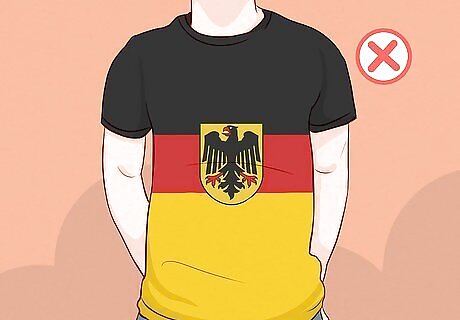
Think twice before wearing any flag or national symbol. Announcing that you're from abroad may not make a good first impression, especially in places where locals can be tired of tourists. Even local flags and symbols could be a bad idea depending on regional politics, or just local custom. For example, wearing a German flag in Germany could be seen as a bit weird.















Comments
0 comment